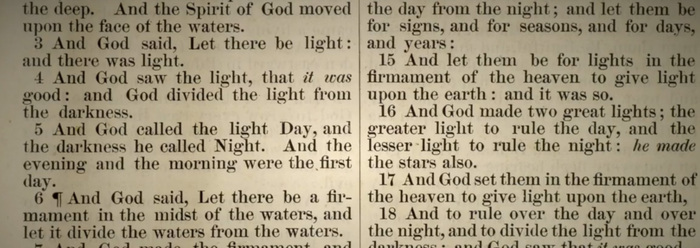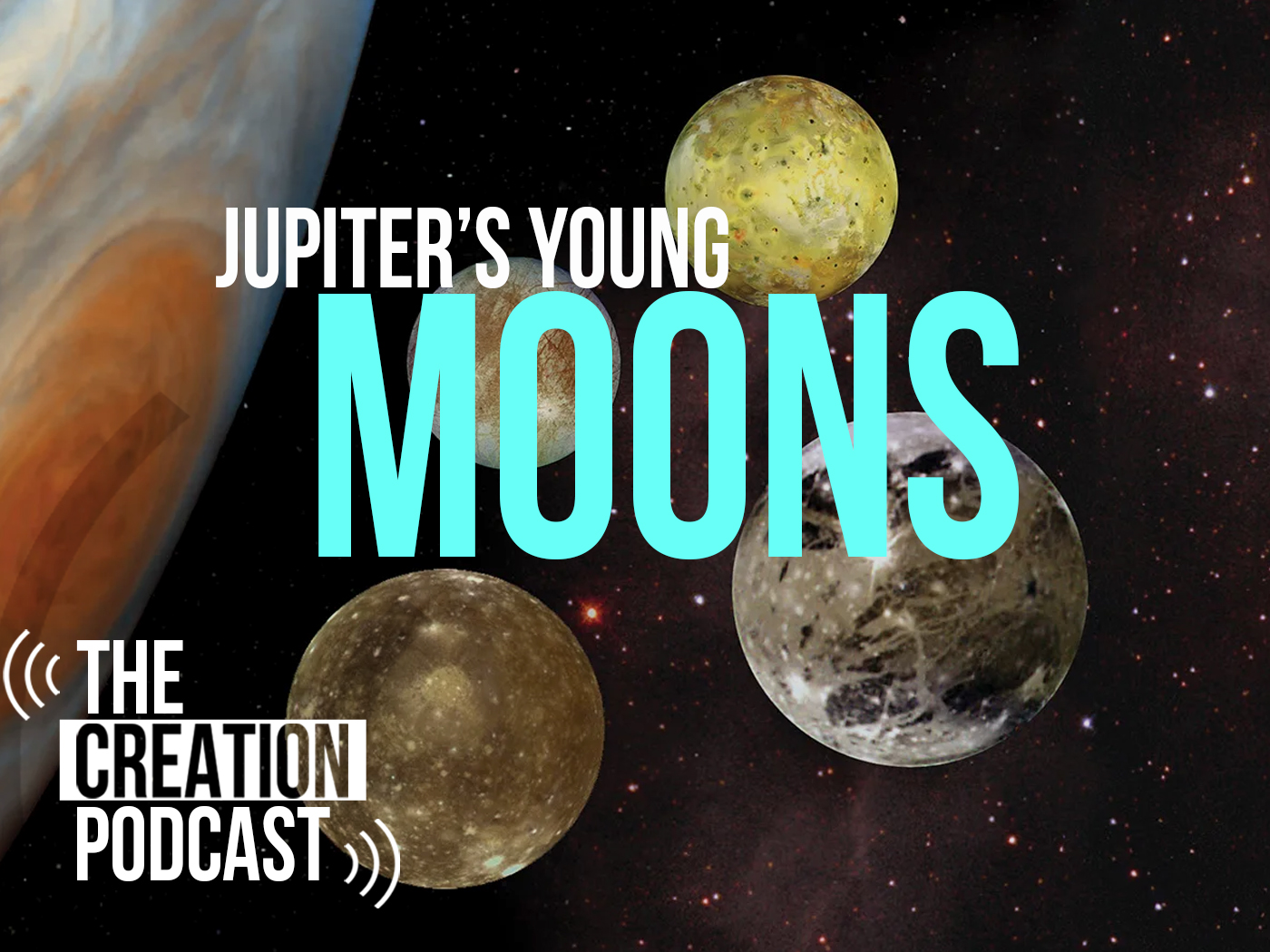The so-called Gap Theory proposed early in the 1800's, but which became popular around the turn of the century, has very few scholarly advocates these days. However, many Christians do still hold to it, mostly by tradition, having never examined it closely. There have always been many scientific and theological problems with the idea of a long gap of time between Genesis 1:1 and 1:2, but perhaps the "death" of the Gap Theory came with the 1978 publication of Dr. Weston W. Fields' fine book, Unformed and Unfilled. In it, Fields specified the many Biblical problems inherent in the concept, and with only a few exceptions, Bible scholars have now abandoned it. Some of his main arguments are briefly summarized below.
Gap advocates hold that only the surface of the earth was "created" during the six-day series of events detailed in Genesis 1:2 through 2:25. This creation followed a global holocaust brought on by the fall of Satan, which destroyed a supposed pre-Adamic world. But the all-summary statements of Genesis 2:1-3 and Exodus 20:11, and elsewhere, argue otherwise; "the heavens and the earth . . . all the host of them . . . all that is in them . . . all His work which God created and made," seem better to refer to all of creation, not just the earth's surface.
Some have claimed that in Exodus 20:11 the verb "to make" is used instead of "to create," and, that, therefore, the summation is referring only to the earth's surface, leaving the rock strata and the earth's interior untouched. But in reality, while there is an important distinction between the words in Genesis 1, both are used in Genesis 2:2,3 and Nehemiah 9:6 to refer to all of creation; and are even used in synonymous parallelism in Genesis 2:4, Exodus 34:10, Isaiah 41:20, and Isaiah 43:7.
Another often-repeated claim is that Genesis 1:2 should read, "the earth became without form and void," as opposed to the traditional understanding that when God first created the earth in verse 3, it "was without form (i.e., not yet in completed form) and void (i.e., not yet inhabited)." The verb's normal meaning, however, is simply "was," and while it may be translated "become," the context does not warrant it, and all accepted versions of the Bible use "was."
Each verse in Genesis 1, except verse 1, begins with the conjunction "and," thereby connecting each verse sequentially to those before and after. There is no hint of the passing of millions or billions of years of time between verses 1 and 2.
Gap advocates frequently turn to other portions of Scripture for support, particularly those which use the words "without form" and "void" (Jeremiah 4:23, Isaiah 24:1, and 45:18 are most important). In each case, the prophet refers to a wasted state due to the judgment of sin, thereby implying that Genesis 1:2 likewise implies a condition brought about by judgment. But in each case, the context regards the land of Israel not the original earth. There is no justification for postulating long ages present in a supposed gap in Genesis.
The Gap Theory, as with all efforts to harmonize Genesis with the geologic ages, faces insurmountable problems on several fronts. How much better to take God at His Word and simply believe what He says.
* Dr. John Morris is the President of the Institute for Creation Research.
Cite this article: Morris, J. 1990. Does Scripture Allow a Gap? Acts & Facts. 19 (2).























